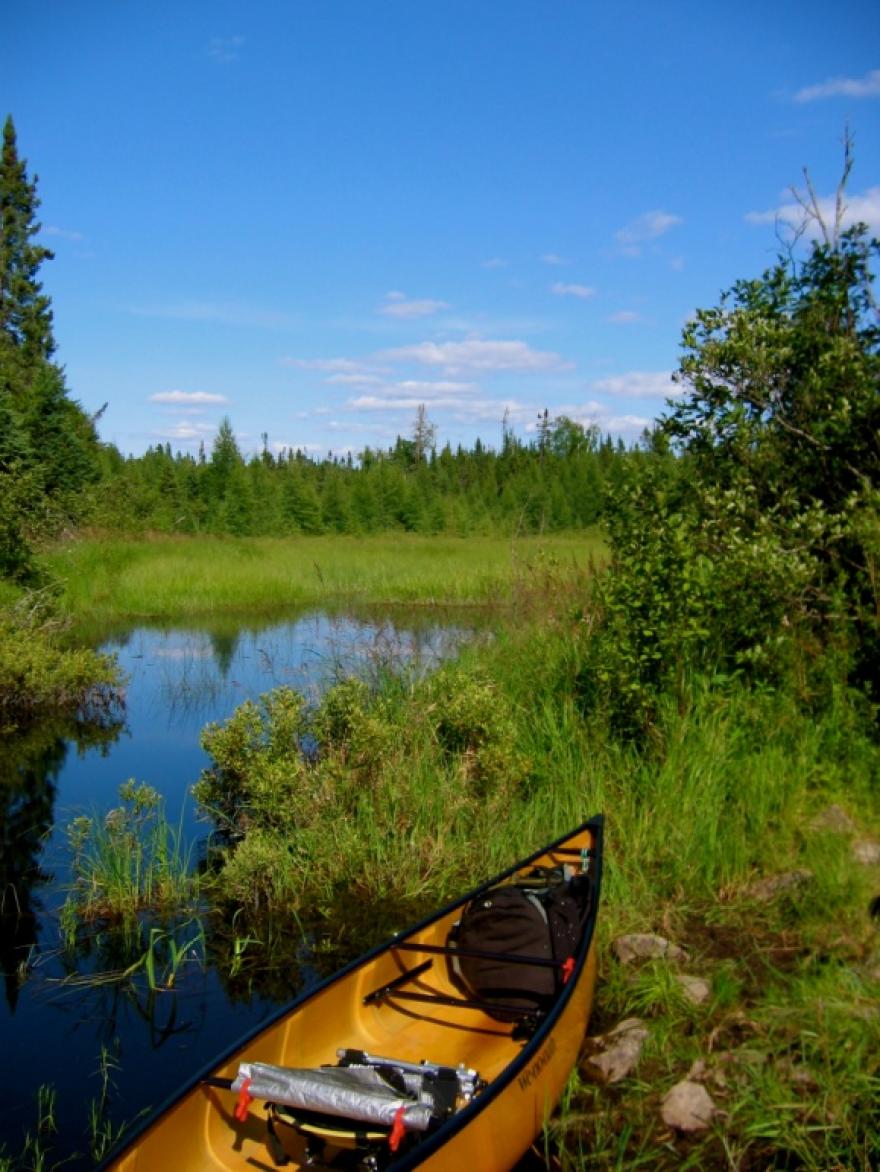
Great glaciers carved the physical features of what is today known as the Boundary Waters Canoe Area Wilderness by scraping and gouging rock.
The glaciers left behind rugged cliffs and crags, canyons, gentle hills, towering rock formations, rocky shores, sandy beaches and several thousand lakes and streams, interspersed with islands and surrounded by forest. The Boundary Waters Canoe Area is in the northern third of the Superior National Forest in northeastern Minnesota. More than 1 million acres, it extends nearly 150 miles along the international boundary adjacent to Canada’s Quetico Provincial Park and is bordered on the west by Voyageurs National Park.
The area contains more than 1,200 miles of canoe routes, 12 hiking trails and more than 2,000 designated campsites. Wilderness offers freedom to those who wish to pursue an experience of expansive solitude, challenge and personal integration with nature. Because this area was set aside in 1926 to preserve its primitive character and made a part of the National Wilderness Preservation System in 1964, it allows visitors to canoe, portage and camp in the spirit of the French Voyageurs of 200 years ago.
Due to the 2011 Pagami Creek Fire, entry points, travel routes and campsites in the BWCAW are subject to change or closure. Please check the Superior National Forest website regularly for updated information on traveling in and around the fire area.
The wilderness experience is as much about what you won’t see as what you will. You won’t see motorized vehicles or many people. Black bear, moose, foxes and deer all call this wilderness home. Fish you may catch include brook, brown, rainbow and lake trout, splake, whitefish, walleye, largemouth and smallmouth bass, pike, musky and panfish.
Ely is the main western entry point to the Boundary Waters Wilderness Canoe Area, while Grand Marais on the North Shore of Minnesota is the eastern point of entry. Both towns have numerous outfitters where you can reserve canoes or kayaks, often in advance.
